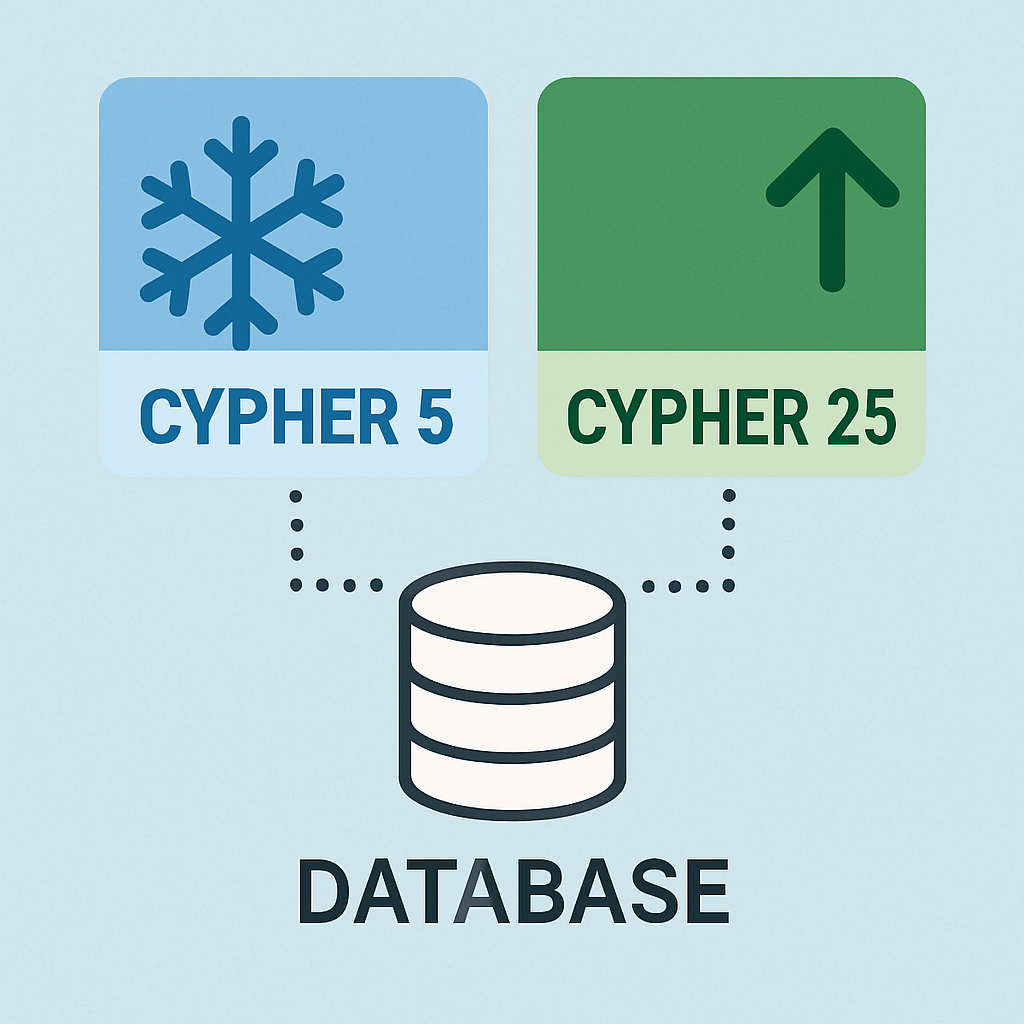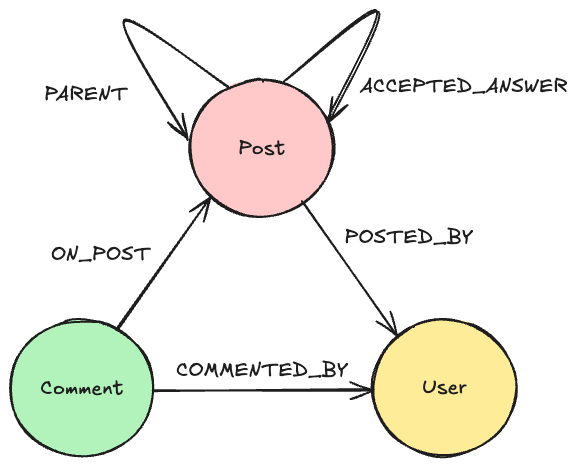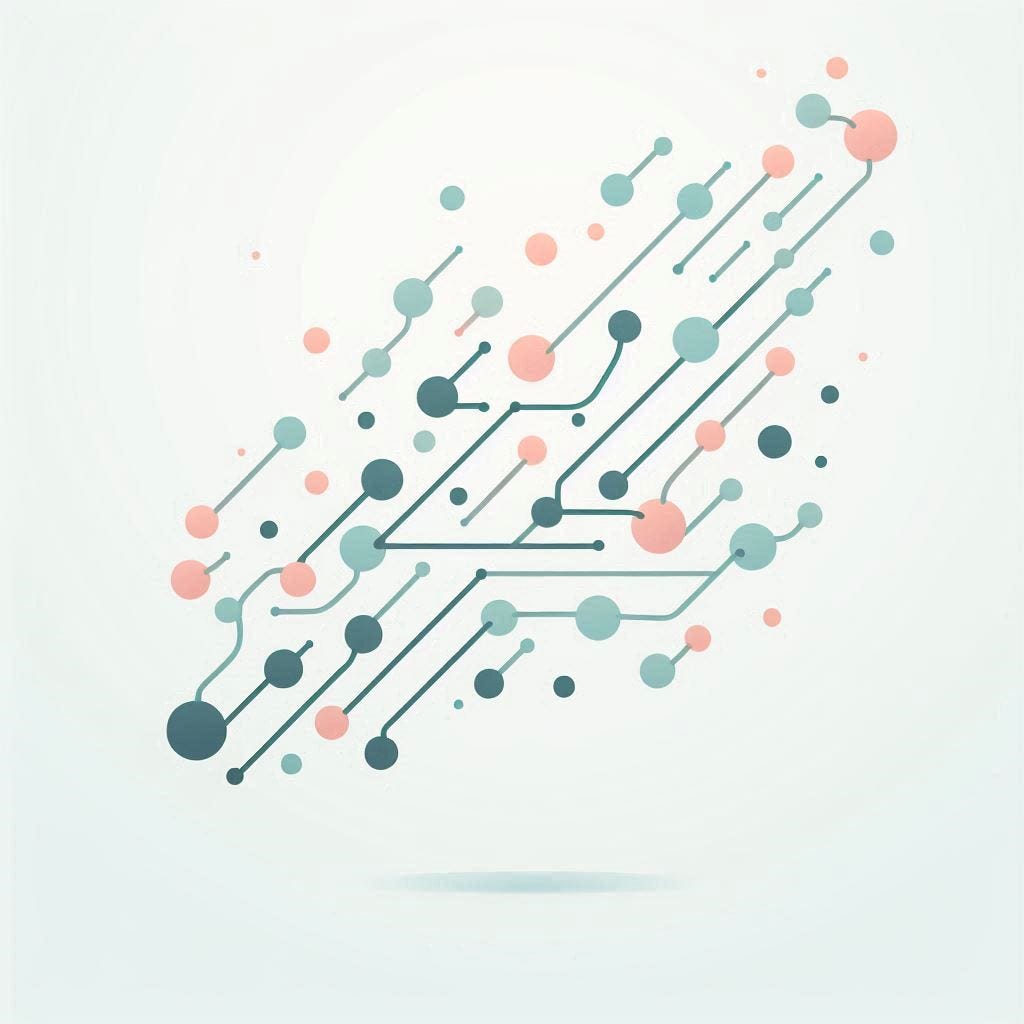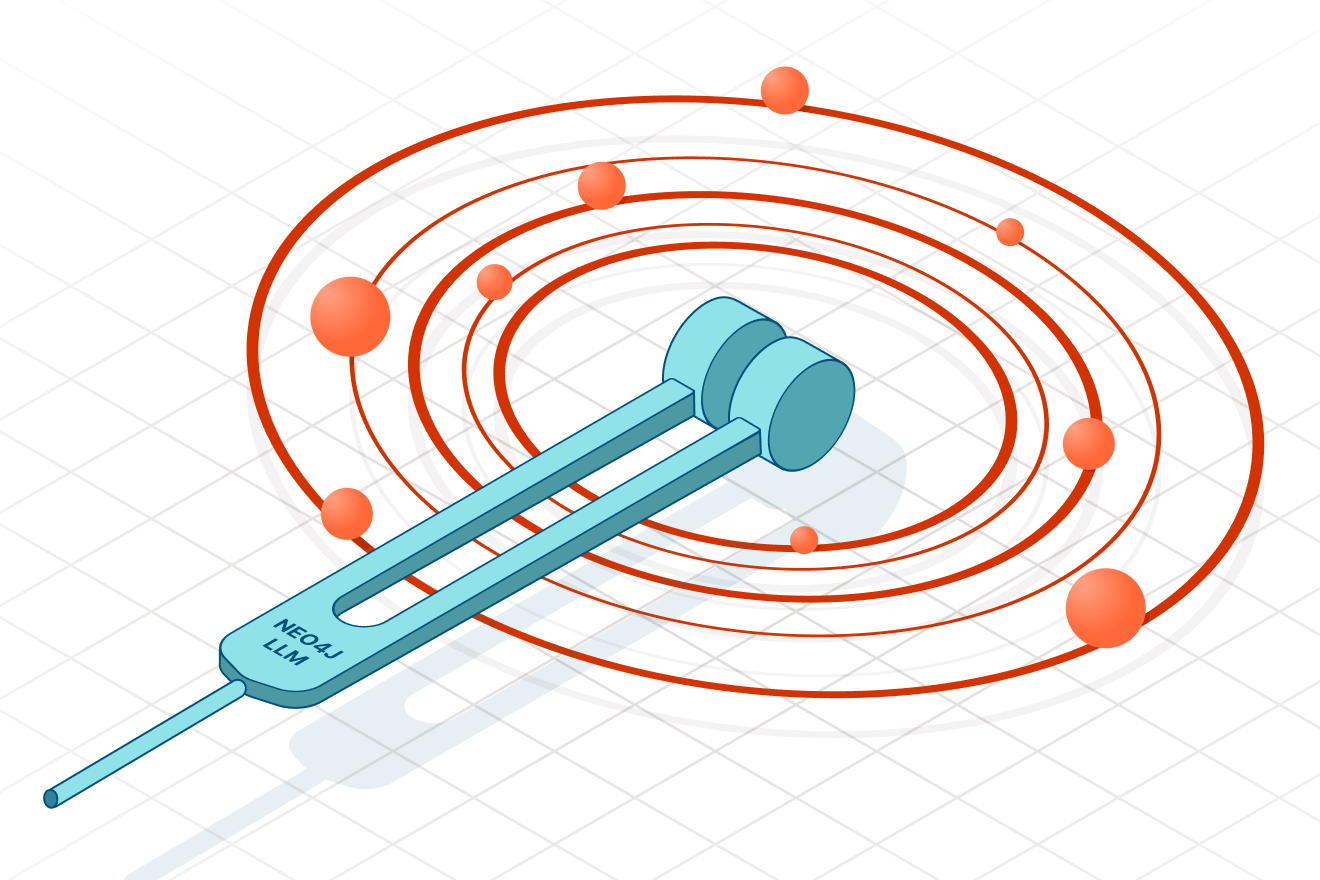-
Products
- GRAPH DATABASE
- Neo4j AuraDB Fully managed graph database as a service
- Neo4j Graph Database Self managed, deploy anywhere graph database
- GRAPH ANALYTICS
- Neo4j Aura Graph Analytics Fully managed graph analytics as a service
- Neo4j Graph Data Science Self managed graph algorithms and ML modeling
- GRAPH TOOLS
- Neo4j Developer Hub Best practices, guides, tutorials, and downloads
- Neo4j Bloom Easy graph visualization and exploration
- Cypher Query Language Declarative graph query language, created by Neo4j
- Neo4j GraphQL Low-code, open-source API library
- Use Cases
-
Developers
- Developer Center Best practices, guides, tutorials, and downloads
-
GraphAcademy
Free online courses and certifications. Join the 100K+ Neo4j experts.
- DEVELOPERS
- Deployment Center Deploy Neo4j on any cloud or architecture
-
Documentation
Manuals for Neo4j products, Cypher, and drivers
- Developer Blog Deep dives into more technical Neo4j topics
- Community A global forum for online discussion
- DATA SCIENTISTS
-
Data Science Documentation
Manuals for the Graph Data Science library
- Graph Data Science Home Learn what Neo4j offers for data science
- Get Started With Graph Data Science Download or get started in Sandbox today
- Data Science Community A global forum for data-driven professionals
- Generative AI
-
Learn
- LEARN
-
Documentation
Manuals for Neo4j products, Cypher, and drivers
-
GraphAcademy
Free online courses and certifications
- Resource Library White papers, data sheets, and more
- Case Studies Customer success stories across industries
- CONNECT
-
Neo4j Events Hub
Live and on-demand events, training, webinars, and demos
- Neo4j Blog Announcements, guides, and best practices
- Neo4j Video Hub Covering graph databases, data science, analytics & AI
- FEATURED EVENTS
- Get to Know Graph Webinars Start your graph journey with these 30-minute introductory webinars
- GraphSummit Touring 20+ cities globally. Join us for free and hear from data and business trailblazers
- Pricing
- QUICK LINKS
- Partners
- Company
- Support
- Aura Login








